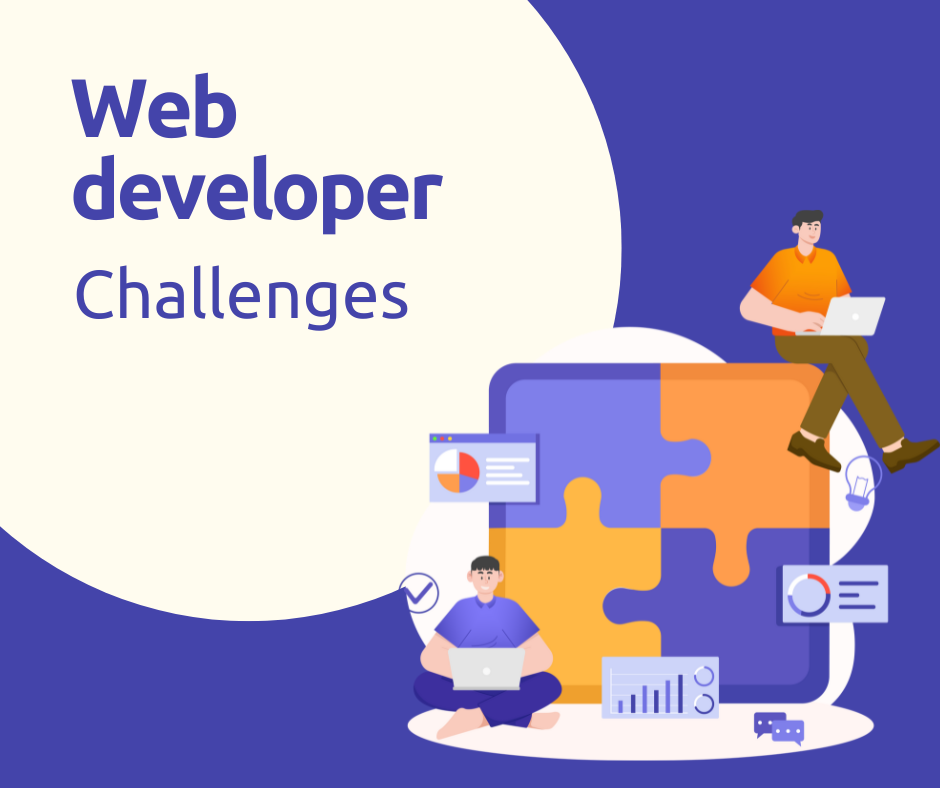
In the ever-evolving world of software development, staying ahead of the curve can feel like a constant race. As we move through 2024, developers are encountering a set of common challenges that test their skills and adaptability. Whether you’re a seasoned professional or a newcomer to the field, understanding these issues can help you navigate the complexities of modern development and find effective solutions. Here’s a look at some of the most pressing problems developers face today:
1. Keeping Up with Rapid Technological Change
The pace of technological advancement continues to accelerate, with new frameworks, tools, and languages emerging regularly. For developers, this means a continuous need to learn and adapt. Staying updated with the latest trends and technologies, while also maintaining expertise in existing tools, can be overwhelming.
Solution: Prioritize continuous learning through online courses, webinars, and tech meetups. Create a structured learning plan that allows you to focus on new technologies that align with your career goals or current projects.

2. Managing Technical Debt
Technical debt accumulates when shortcuts are taken in code development, often to meet deadlines. This can lead to messy, unmaintainable code that’s difficult to refactor or update. As systems grow, so does the debt, making it harder to manage over time.
Solution: Implement regular code reviews and refactoring sessions as part of your development cycle. Adopt best practices for coding and documentation to minimize the accumulation of technical debt from the start.
3. Ensuring Security and Privacy
With cyber threats becoming more sophisticated, securing applications and protecting user data is a growing concern. Developers must integrate robust security measures into their code while also staying compliant with evolving privacy regulations.
Solution: Embrace a security-first mindset by incorporating security best practices into your development process. Use tools for vulnerability scanning and encryption, and stay informed about the latest security threats and compliance requirements.
4. Balancing Speed and Quality
The pressure to deliver features quickly can sometimes compromise the quality of the code. Striking the right balance between rapid development and maintaining high standards of code quality is a challenge many developers face.
Solution: Adopt agile methodologies that emphasize iterative development and continuous testing. Implement automated testing and continuous integration/continuous deployment (CI/CD) pipelines to ensure quality without sacrificing speed.
5. Handling Complex Legacy Systems
Legacy systems can pose significant challenges due to their outdated technology and architecture. Integrating new features or modernizing these systems often requires considerable effort and expertise.
Solution: Approach legacy system modernization with a strategic plan. Assess the current system’s strengths and weaknesses, and consider incremental updates or replacements to minimize disruption while achieving modernization goals.
6. Collaboration and Communication
In today’s remote and distributed work environments, effective collaboration and communication among team members can be challenging. Misunderstandings and lack of coordination can slow down development and impact project outcomes.
Solution: Leverage collaboration tools like Slack, Microsoft Teams, or Asana to facilitate communication. Establish clear protocols for documentation, updates, and feedback to ensure everyone is on the same page.
7. Managing Project Requirements
Requirements often change mid-project due to evolving business needs or unforeseen challenges. Managing these changes while keeping the project on track and within budget is a common issue.
Solution: Implement agile methodologies that allow for flexibility and iterative changes. Maintain open lines of communication with stakeholders to ensure that any changes in requirements are addressed promptly and effectively.
8. Optimizing Performance
As applications become more complex, optimizing performance to ensure fast load times and a smooth user experience becomes increasingly challenging. Performance issues can lead to user dissatisfaction and higher bounce rates.
Solution: Regularly profile and monitor application performance. Use performance optimization techniques such as caching, code minification, and load balancing to address and resolve performance bottlenecks.
Conclusion
Navigating the challenges of modern development requires a blend of technical expertise, strategic planning, and effective communication. By understanding and addressing these common issues, developers can not only enhance their productivity but also contribute to building more robust and innovative software solutions. As the field of software development continues to evolve, staying adaptable and proactive will be key to overcoming these challenges and achieving success in your projects.


